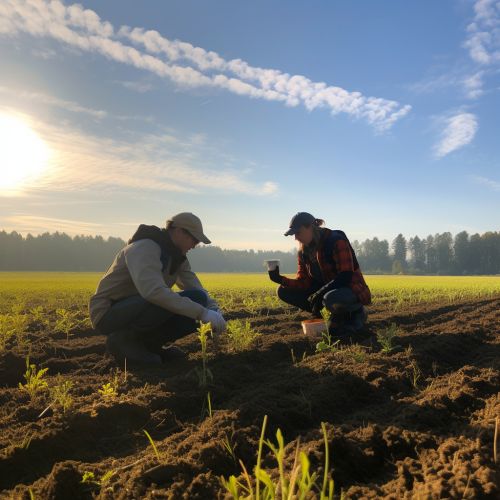The Role of Geostatistics in Environmental Science
Introduction
Geostatistics is a branch of statistics focusing on spatial or spatiotemporal datasets. Developed originally to predict probability distributions of ore grades for mining operations, it is currently applied in diverse disciplines including petroleum geology, hydrogeology, hydrology, meteorology, oceanography, geochemistry, geographical information systems, and remote sensing. In the field of environmental science, geostatistics plays a pivotal role in studying and managing natural resources and environmental issues.


Principles of Geostatistics
Geostatistics operates under the principle of spatial dependence, which is the statistical dependence between values at different locations in space. This principle is often expressed through the semivariogram, a tool that describes the degree of spatial dependence of a spatial random field or stochastic process.
Applications in Environmental Science
Geostatistics is widely used in environmental science for a variety of applications, including spatial prediction, spatial interpolation, and spatially explicit uncertainty quantification. These applications are critical in addressing environmental issues and managing natural resources.


Spatial Prediction
Geostatistics provides a robust framework for spatial prediction, also known as kriging. Kriging is a method of interpolation for which the interpolated values are modeled by a Gaussian process governed by prior covariances.
Spatial Interpolation
Spatial interpolation is a method used to estimate values at unmeasured locations based on the values at measured locations. Geostatistics offers several methods for spatial interpolation, including ordinary kriging, universal kriging, and indicator kriging.
Uncertainty Quantification
Geostatistics also provides tools for spatially explicit uncertainty quantification. This is particularly important in environmental science, where understanding the uncertainty associated with predictions can guide decision-making processes.


Challenges and Future Directions
Despite its wide applications, geostatistics also faces several challenges. These include dealing with non-stationarity, handling large datasets, and integrating multi-source information. Future directions of geostatistics in environmental science may involve addressing these challenges and expanding its applications.


